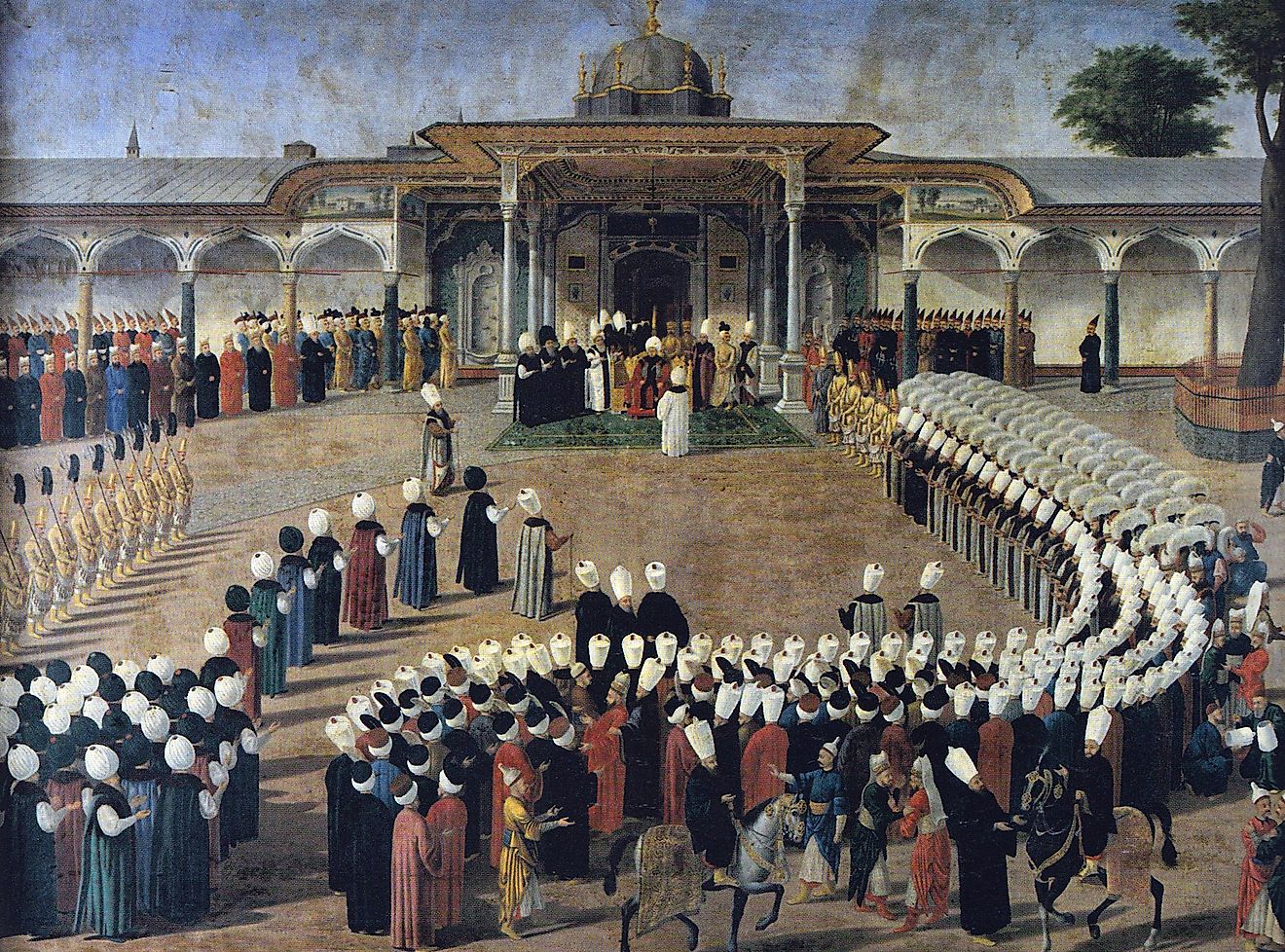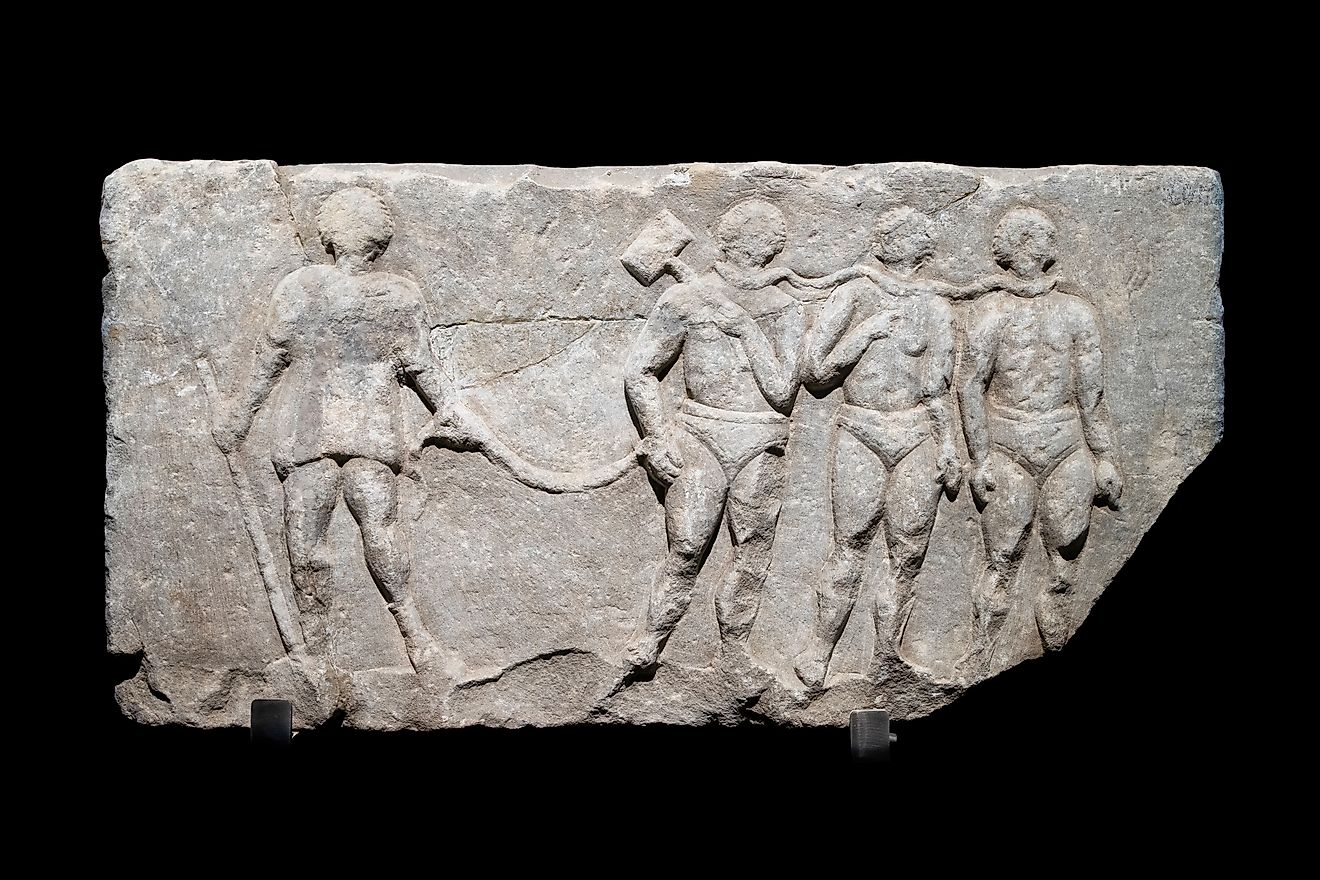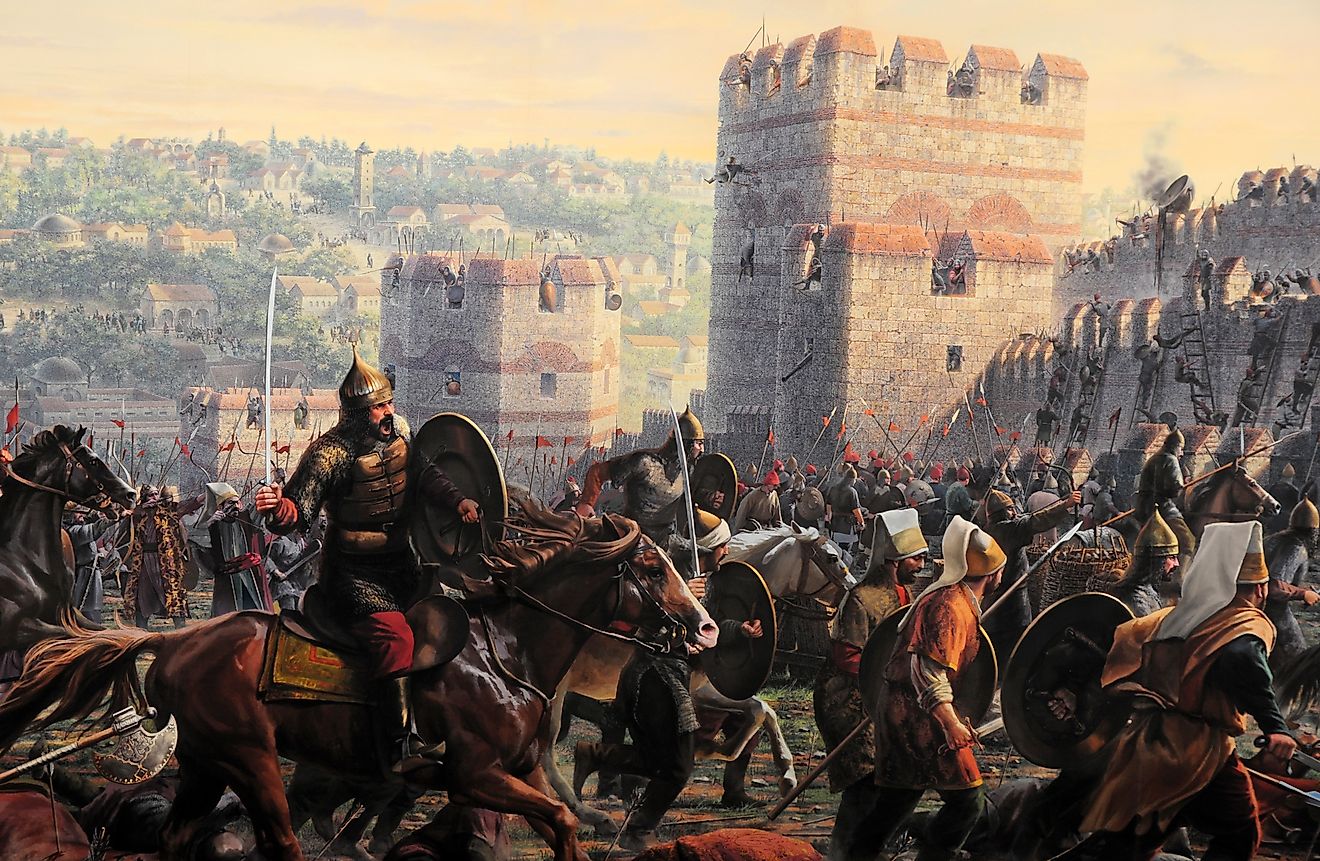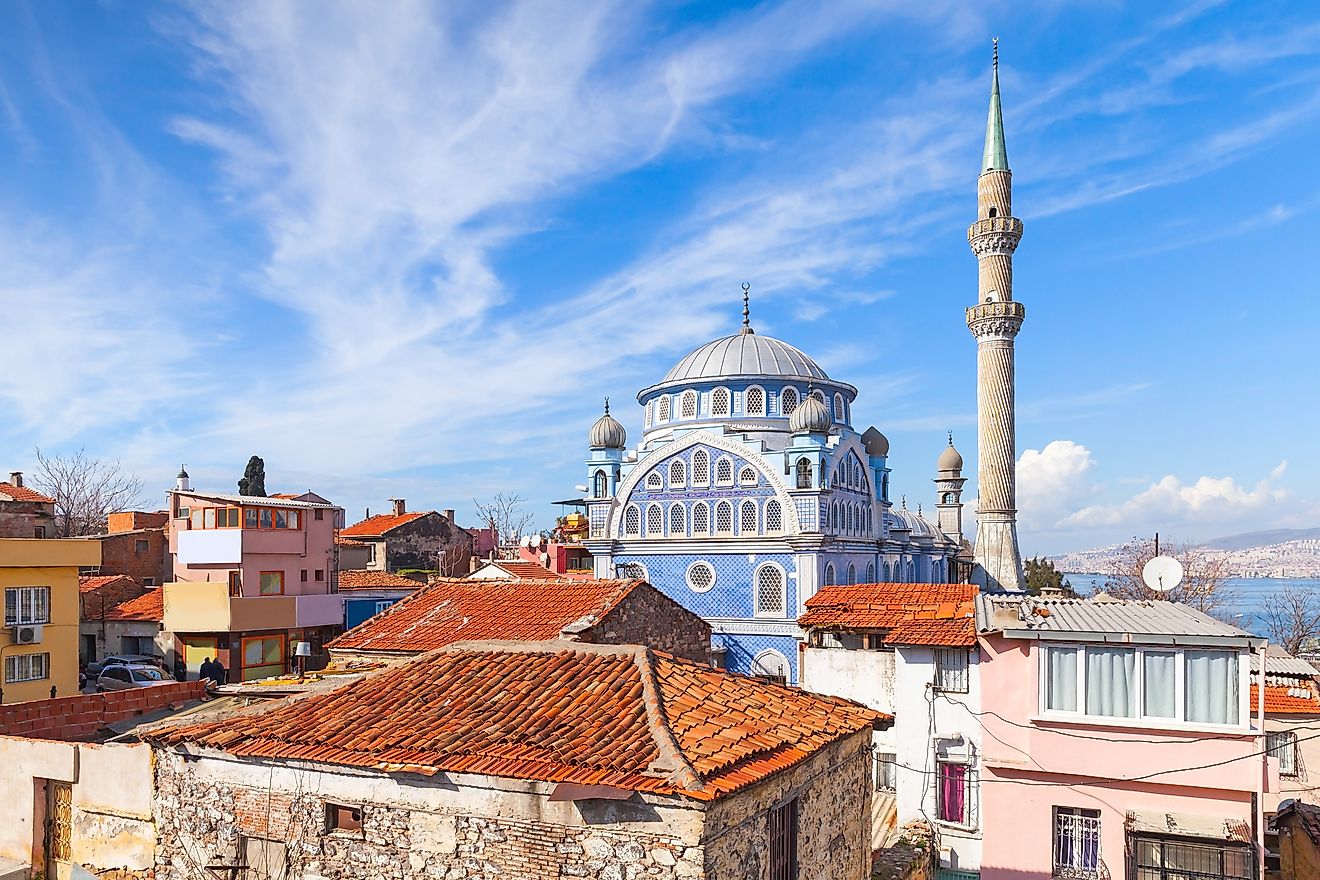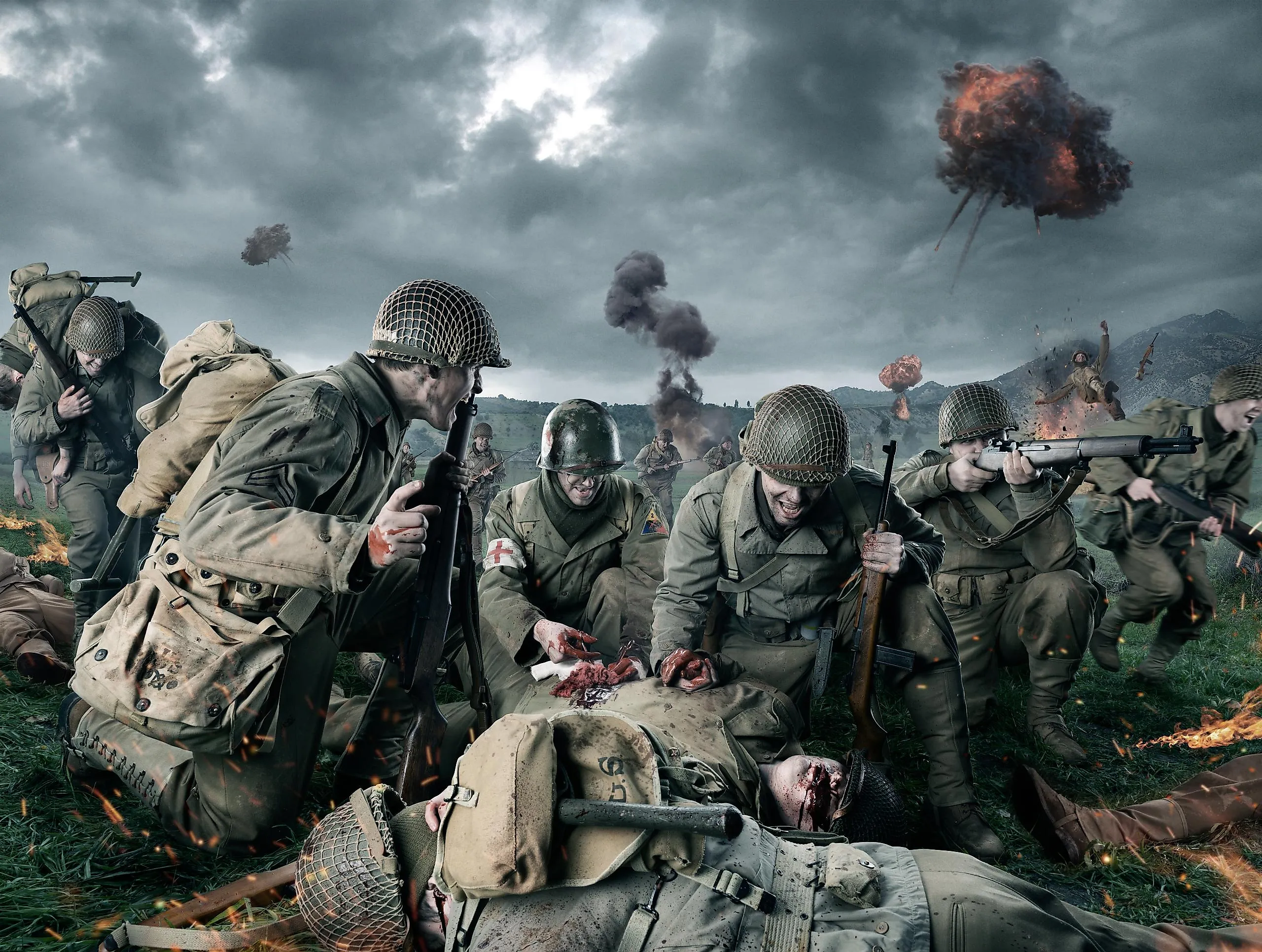
Did More Soldiers Die In World War 1 or World War?
World War I and World War II were the most destructive wars in history. Both decimated entire continents and resulted in tens of millions of deaths. While World War II was more deadly, both wars need to be considered when assessing the sheer brutality of a worldwide conflict.
World War I
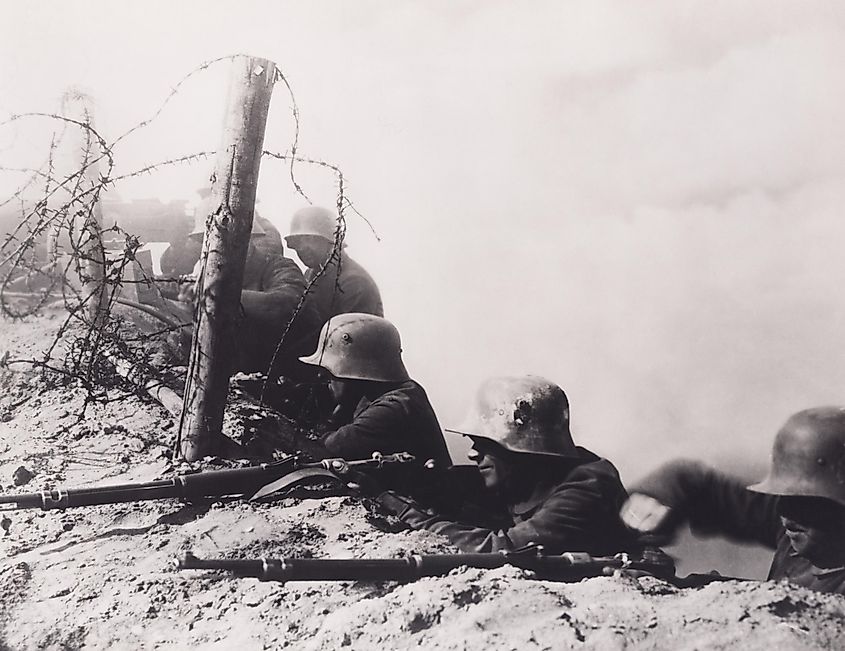
On June 28th, 1914, a Serbian nationalist named Gavrilo Princip assassinated Archduke Franz Ferdinand of Austria-Hungary. This event caused a chain reaction in which the major European powers went to war. The two sides were the Allies (the United Kingdom, France, and Russia) and the Central Powers (Germany, Austria-Hungary, and the Ottoman Empire). Lasting four years, the war ended on November 11th, 1918, when Germany and the Allies signed an armistice.
The Western Front, which encompassed mostly Belgium and France, was defined by battles like the Battle of Verdun and the Battle of the Somme. Both campaigns saw hundreds of thousands of fatalities. The Eastern Front was also brutal, particularly for Russia, since the poorly trained and equipped Russian soldiers were often sent into battle without a weapon. Ultimately, over a million Russians died in the war. This was a major contributing factor in Czar Nicholas II's abdication and the rise of the Bolsheviks.
The last major front was the Middle East. This was actually four separate fronts, with the Ottomans fighting the British in the Dardanelles, in Egypt, and Iraq, and also fighting the Russians in the Caucasus. Perhaps the most widely remembered battle (at least in the West) is the Battle of Gallipoli. In an attempt to take the Ottoman capital of Istanbul, Allied troops attacked the nearby Gallipoli peninsula in the spring of 1915. However, a lack of cover on the beaches meant the Allies had no chance of winning the battle. After 500,000 casualties on both sides, the Allies evacuated in early 1916.
World War II
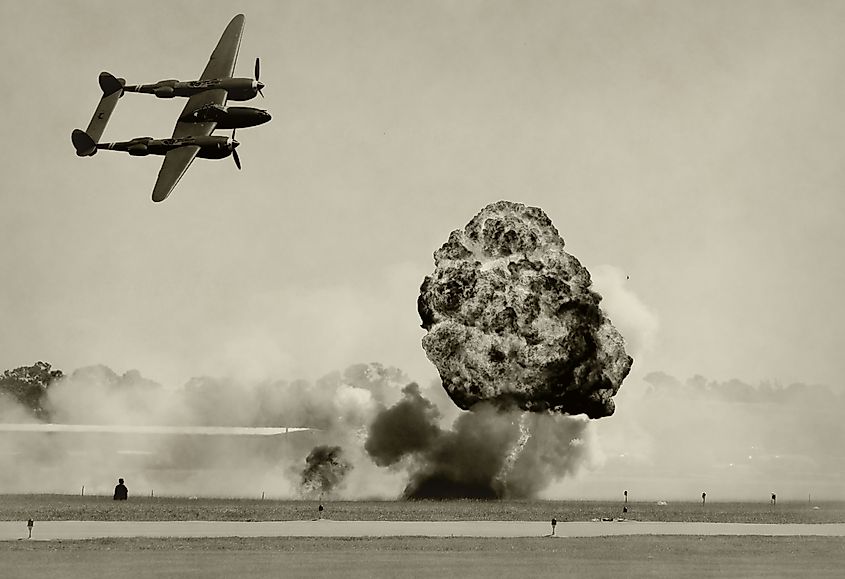
Germany invaded Poland on September 1st, 1939, followed by the Soviets doing the same on September 17th. The invasion and subsequent occupation resulted in 5.6 million Poles dying. Germany then turned its attention to Northern and Western Europe in the spring of 1940, overtaking Denmark, Norway, the Netherlands, Belgium, Luxembourg, and France. The next major campaign began when Germany invaded the Soviet Union on June 22nd, 1941. This was the deadliest campaign of the war, with 24-27 million Soviets dying. Despite these losses, the Soviets defeated the Germans and by 1943 the Wehrmacht was regularly on the defensive. The Allied invasion of Normandy in the summer of 1944 essentially cemented this defeat, and Germany surrendered in May 1945.
Japan invaded Manchuria, a region in northern China, in 1931, setting up a puppet state in the process. Thereafter, the Second Sino-Japanese War began in July 1937 following a clash between Chinese and Japanese troops at the Marco Polo Bridge. There were countless atrocities during this conflict, perhaps the most notable of which was the Nanjing Massacre in December 1937, in which Japanese soldiers murdered between 40,000 to 300,000 Chinese civilians. The war merged with the European conflict after Japan bombed Pearl Harbor in December 1941. Immediately afterward, the United States declared war on Japan, and Germany, Japan's ally, then declared war on the United States. Arguably the most vicious fighting of the Pacific Theatre occurred in Southeast Asia. Indeed, French Indochina alone (Cambodia, Laos, and Vietnam) suffered over a million deaths as the Allies and the Japanese fought for control. Ultimately, the war in the Pacific ended when the United States dropped two atomic bombs on Japan in August 1945, thereby forcing a surrender.
The Death Tolls
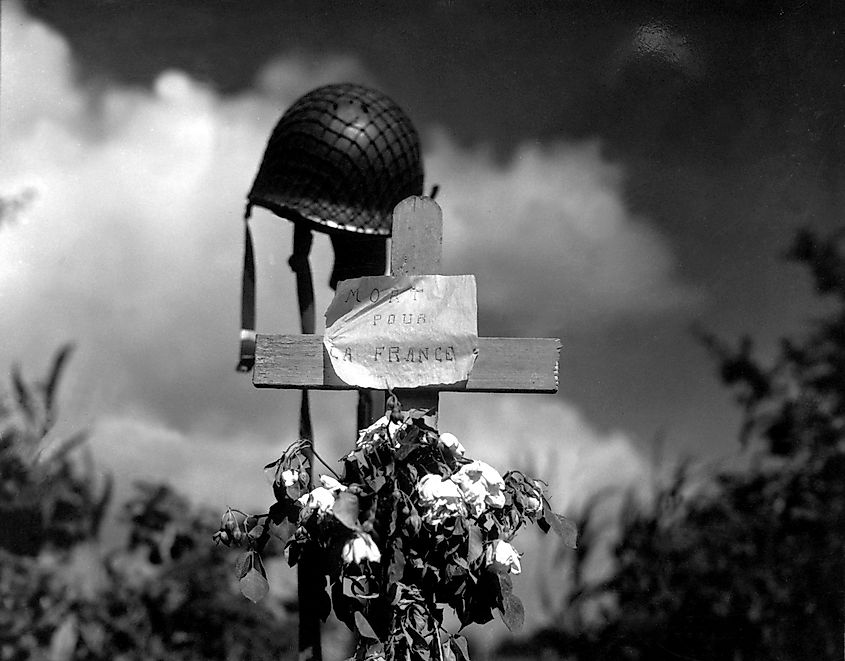
The exact number of fatalities in World War I is unknown. But, the general consensus is that about 20 million people died and 21 million were injured, meaning that there were about 41 million casualties. Deaths were split evenly between civilians and soldiers. Furthermore, about 5.7 million Allied soldiers died, whereas about 4 million Central Powers troops were killed.
Between 70-85 million people died during World War Il, 20 million of whom were soldiers. Moreover, the Soviet Union lost 24 million people, more than the entire number of fatalities in the First World War. These numbers are largely attributable to the genocidal nature of the conflict, at least regarding Germany's actions. Indeed, the attempted achievement of Lebensraum in the east resulted in the violent removal of Slavs from the region. The Holocaust was also a major contributing factor to the enormous death toll, with 6 million Jews being killed from 1939-1945.
World War II was far deadlier than World War I. Nonetheless, both events serve as a reminder of the unfathomably destructive nature of worldwide conflicts.
